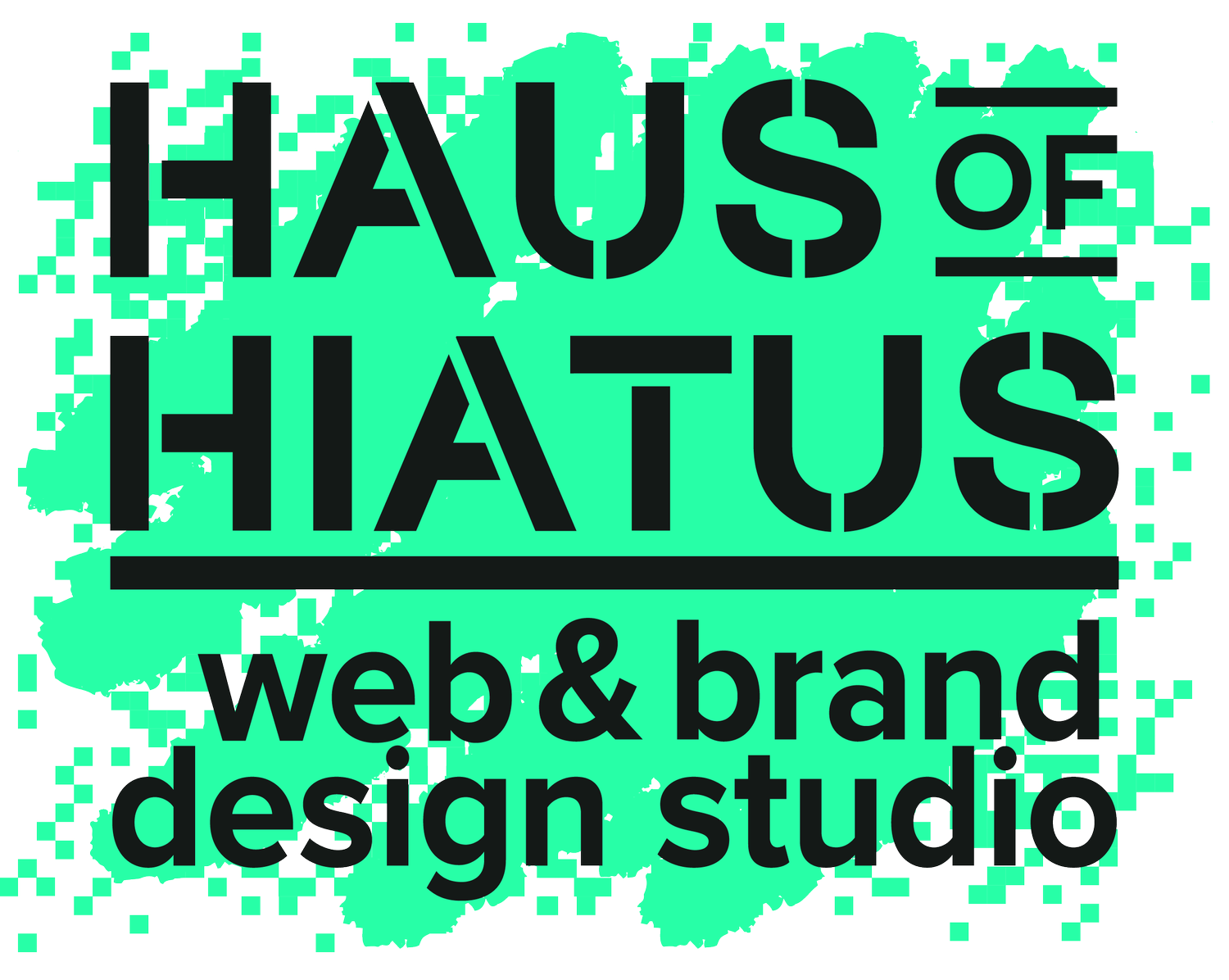What is ‘choice architecture’ and how does it affect user behaviour on your website?
At its core, choice architecture uses principles from behavioural economics and consumer psychology to nudge users towards making decisions that align with their goals and preferences.
By strategically structuring options and information, we can guide users towards desired actions and outcomes, ultimately enhancing the effectiveness and usability of your website.
Defaults
One of the key concepts within choice architecture is the idea of defaults. Defaults are the pre-selected options presented to users if they fail to make an active choice. By carefully choosing default options, we can subtly influence user behaviour and encourage desired actions. For example, setting a preferred option as the default for newsletter subscriptions or account sign-ups can increase conversion rates and streamline the user journey.
Framing
Another important aspect of choice architecture is the framing of choices. How options are presented and described can significantly impact users' perceptions and decisions. We utilise techniques such as positive framing, where options are presented in terms of potential gains or benefits, and loss framing, which emphasises the negative consequences of inaction or alternative choices. By framing choices effectively, we can tap into users' motivations and biases to encourage engagement and drive conversions.
Visual cues and design elements also play a crucial role in choice architecture. Through strategic placement, colour schemes, and visual hierarchy, we can draw users' attention to specific options or calls-to-action, making it easier for them to navigate the decision-making process. Additionally, we leverage interactive features, such as progress indicators and tooltips, to provide users with additional context and guidance as they explore their options.
Furthermore, choice architecture extends beyond individual choices to the overall structure and layout of your website. By organising content and navigation menus in a clear and intuitive manner, we ensure that users can easily find the information they need and make informed decisions. We also optimise forms and checkout processes to minimise friction and streamline the user experience, reducing the likelihood of choice overload or decision fatigue.
In conclusion, choice architecture is a powerful tool that can significantly impact the effectiveness and user experience of your website. By understanding the principles of choice architecture and applying them thoughtfully in the design and development process, we can create websites that guide users towards desired actions, maximise engagement, and ultimately achieve your business objectives.
You might also like to read:




